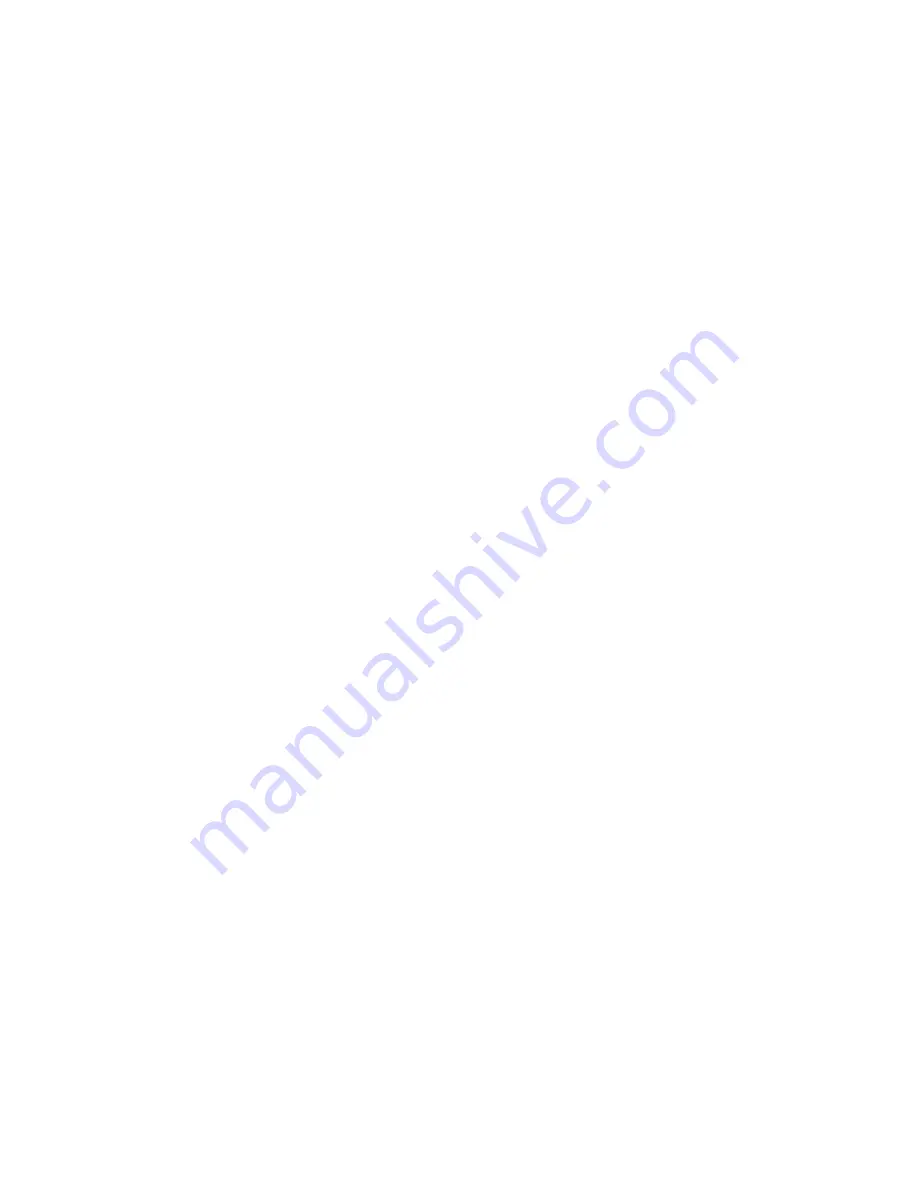
30
between English and your desired language, type that key with both drivers to make yourself a custom
language dictionary. Then use the English version of that key in the layout file. If macros are played while a
different keyboard language is active than the language in which it was designed, some actions will change.
Layout files are updated only when the v
-
drive is closed.
Any given layout can be modified by both onboard programming commands and through direct editing. Be
cautious about using both on
-
board programming and direct editing while the v
-
drive is open. If you use on
-
board programming while the v
-
drive is open and/or while the active layout file is open, be aware that on
-
board programming changes are not usually read from saved layout files until the v
-
drive is closed.
Note: If you save your edits and re
-
select that layout using the onboard programming shortcut (e.g. progm +
F3 for the qwerty.txt layout), the recently saved edits will be implemented even though the v
-
drive hasn
’
t been
closed.
7.9 Basic Syntax Examples
Below are several examples of the actual syntax used to encode certain remaps and macros. This
“
code
”
can
be copied and pasted into a layout file and then edited to produce a custom macro.
Remaps
Syntax Example 1: The Q key location will perform the letter
“
a
”.
[q]>[a]
Syntax Example 2: The Right Windows key location (always the default Win Mode location) will be
deactivated using the
“
null
”
token.
[rwin]>[null]
Syntax Example 3: When the keypad layer is active, the A key location will perform the
“
Volume Down
”
action.
[kp
-
a]>[vol
-
]
Macros
Longer macros can be tedious to write from scratch so onboard programming is recommended, at least as an
initial step. Direct Editing can be a useful tool for creating shorter macros or fine
-
tuning longer macros. Take
advantage of existing macros and examples where possible.
Note: Macros normally play when the trigger key
is depressed, without waiting for release.
Syntax Example 4: Pressing and holding Right Ctrl and the G key location plays the text macro
“
go
”.
{rctrl}{g}>{g}{o}
Syntax Example 5: When the keypad layer is active, the Escape key location plays text macro
“
hello
”.
{kp
-
escape}>{h}{e}{l}{l}{o}
Shifted characters
As shown below in Syntax Examples 6 and 7, the {
-
shift} represents the negative or downward action of
pressing the shift key, while {+shift} represents the positive or upward action of releasing the shift key.
Bracketing a token with {
-
shift} and {+shift} emulates holding down the shift key while typing the bracketed
key, and then releasing the shift key to produce the equivalent shifted action of that key.
Syntax Example 6: The Pause key location plays the text macro
“
Hi Joy!".
{pause}>{
-
Lshift}{h}{+Lshift}{i}{space}{
-
Lshift}{j}{+Lshift}{o}{y}{
-
Lshift}{1}{+Lshift}
Syntax Example 7: The F12 key location plays the text macro
“1+2=3”.
{f12}>{1}{
-
Rshift}{=}{+Rshift}{2}{=}{3}










































